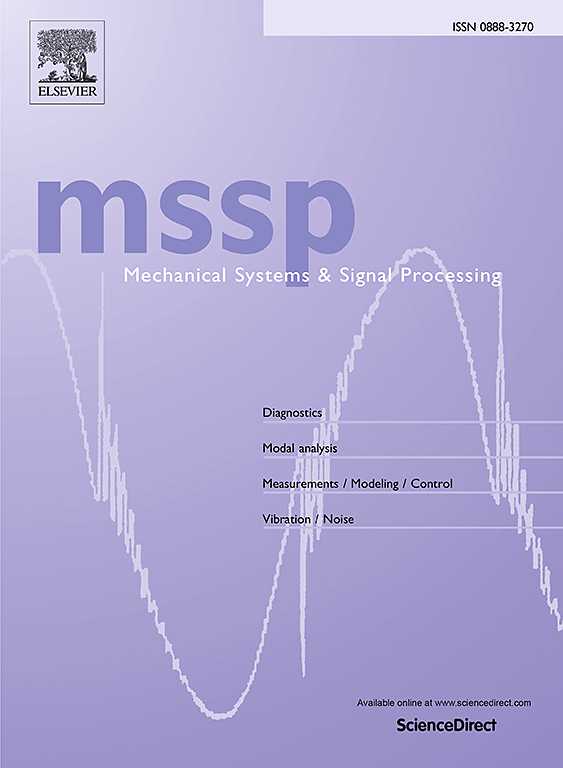Reference-free remaining fatigue life prediction for notched aluminum 6061-T6 plates without preliminary fatigue tests
IF 7.9
1区 工程技术
Q1 ENGINEERING, MECHANICAL
引用次数: 0
Abstract
Fatigue crack is a primary cause of failure in metallic structures, and it gradually grows and suddenly fails at the fatigue life. Thus, predicting the remaining fatigue life is crucial for the practical and economical maintenance of the metallic structures. However, the major challenge in predicting the remaining fatigue life using the fatigue crack growth model, requires preliminary fatigue tests to estimate its parameters. To tackle this issue, this study proposes a reference-free remaining fatigue life prediction technique under varying-amplitude uniaxial cyclic loading conditions based on the Walker equation without using any preliminary fatigue tests. First, the absolute cyclic strain was measured using ultrasonic waves and relative strain without using the data obtained under zero-loading conditions. Next, the Walker equation parameters and cumulative number of strain cycles were estimated from the absolute cyclic strain without preliminary fatigue tests. Subsequently, the measured absolute cyclic strain under varying-amplitude uniaxial cyclic loading conditions was converted into an equivalent uniform cyclic strain. Finally, the fatigue crack growth was predicted using the Walker equation, and the remaining fatigue life was estimated using the cumulative number of strain cycles and the equivalent uniform cyclic strain. The uniqueness of the proposed technique includes (1) estimation of the Walker equation parameters and fatigue life without any preliminary fatigue tests, (2) remaining fatigue life prediction only using the data acquired after installing sensors, and (3) experimental validation by predicting the remaining fatigue life under varying-amplitude uniaxial cyclic loading conditions using notched aluminum 6061-T6 plate specimens.

求助全文
约1分钟内获得全文
求助全文
来源期刊

Mechanical Systems and Signal Processing
工程技术-工程:机械
CiteScore
14.80
自引率
13.10%
发文量
1183
审稿时长
5.4 months
期刊介绍:
Journal Name: Mechanical Systems and Signal Processing (MSSP)
Interdisciplinary Focus:
Mechanical, Aerospace, and Civil Engineering
Purpose:Reporting scientific advancements of the highest quality
Arising from new techniques in sensing, instrumentation, signal processing, modelling, and control of dynamic systems
 求助内容:
求助内容: 应助结果提醒方式:
应助结果提醒方式:


